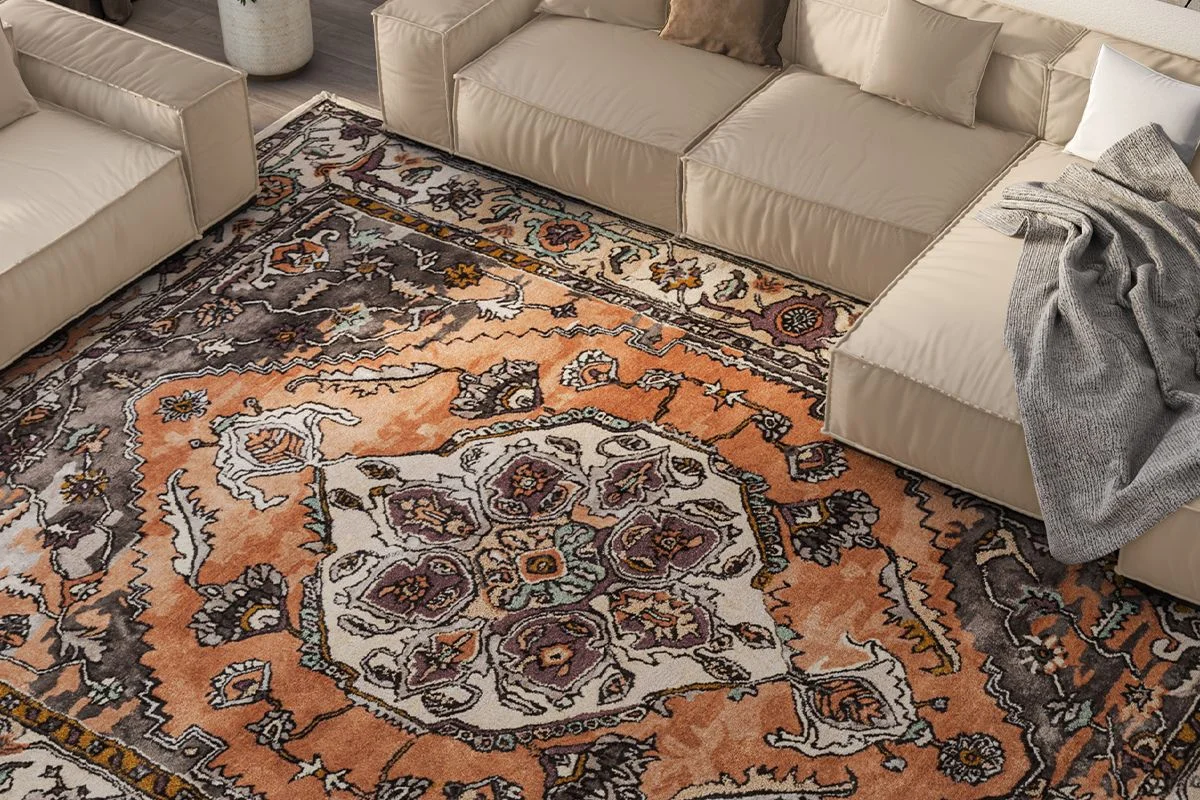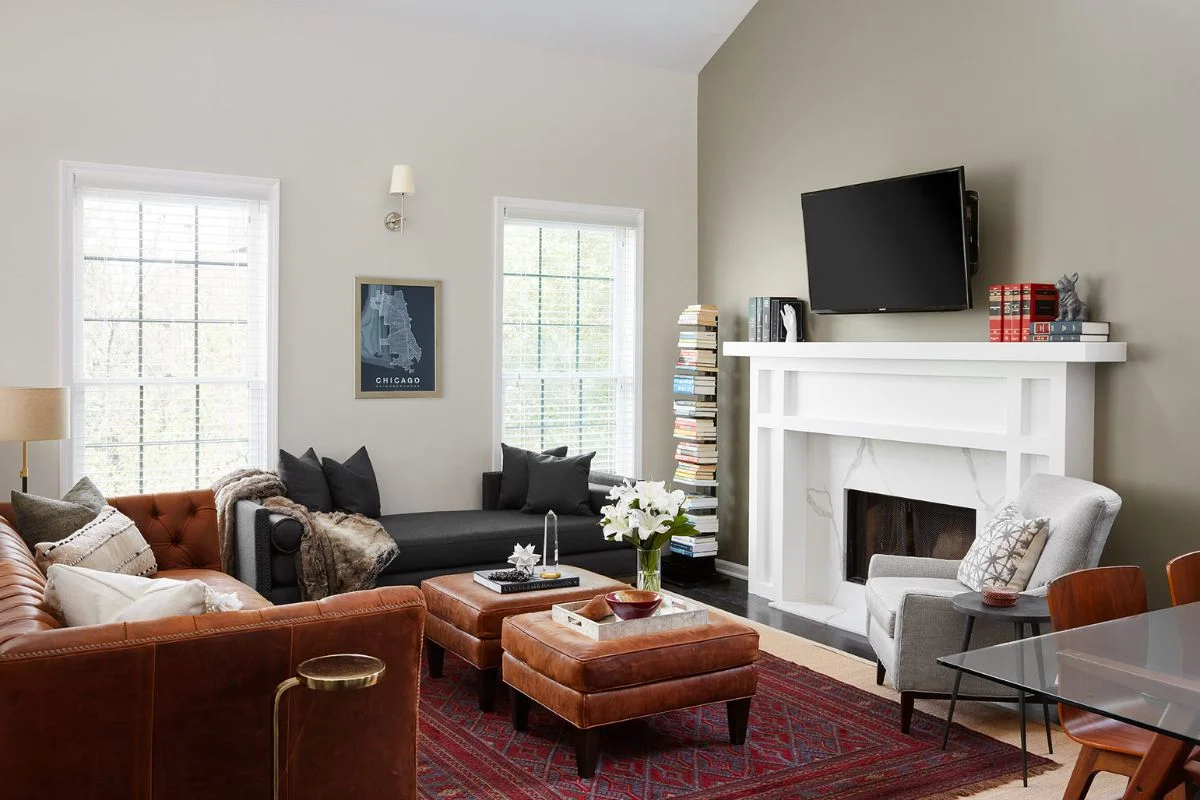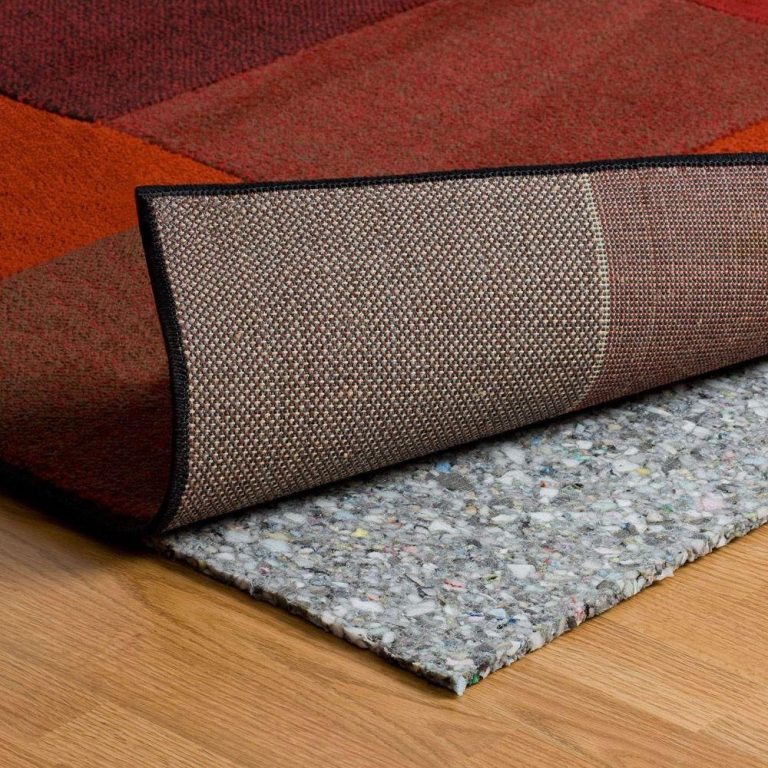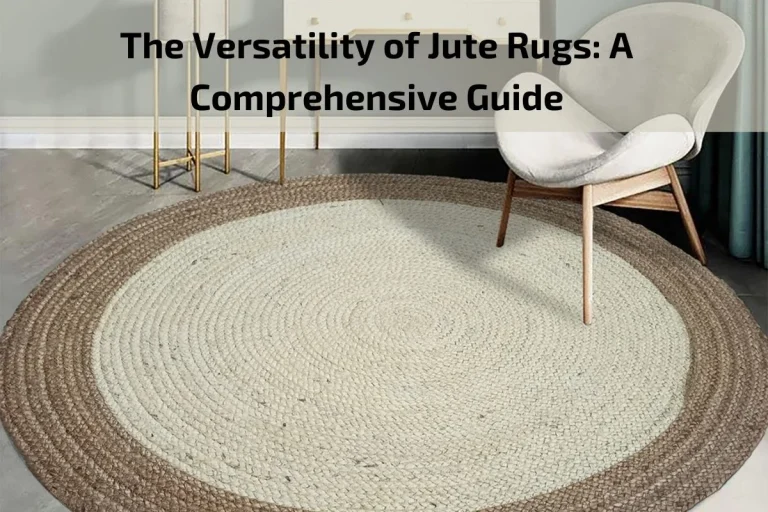In today’s world, where sustainability and environmental consciousness play increasingly significant roles in consumer choices, kilim rugs stand out as a shining example of eco-friendly craftsmanship. These timeless treasures not only adorn our living spaces with their vibrant colors and intricate patterns but also carry with them a rich tradition of sustainability and ethical production.
In this article, we delve into the eco-friendly features that make kilim rugs the preferred choice for environmentally conscious consumers. From their natural materials and artisanal production methods to their low environmental impact and support for local communities, kilim rugs embody the principles of sustainability in every thread.
Join us as we explore the sustainable features of kilim rugs, uncovering the eco-friendly practices behind their creation and the positive impact they have on both the environment and the communities that produce them. Discover why kilim rugs have earned a reputation as the eco-conscious choice for those seeking to decorate their homes with beauty, history, and a commitment to preserving our planet.
History and Origins of Kilim Rugs
Kilim rugs have a rich history that spans several millennia, with their origins tracing back to Anatolia, Persia, and Central Asia. These flat-woven textiles were initially created by nomadic tribes as functional and portable items, suitable for the harsh conditions of migration. Kilims served multiple purposes: as floor coverings, wall hangings, bedding, and even prayer rugs. Their lightweight design made them easy to roll and transport, which was essential for nomadic lifestyles.
The production of Kilims was often a communal and family-centered activity. Women, in particular, played a central role in weaving, passing down skills and patterns from one generation to the next. Many Kilims incorporate symbols and motifs representing protection, fertility, prosperity, and natural elements. These motifs serve not only as decoration but also as a reflection of the weaver’s beliefs, personal experiences, and regional traditions.
Throughout history, Kilims have evolved in terms of style, color palette, and symbolism. Ottoman and Persian influences enriched the designs, introducing intricate geometric patterns and vibrant dyes. Trade along the Silk Road further facilitated cultural exchange, spreading Kilim artistry to Europe, the Middle East, and North Africa. Kilims became highly sought-after luxury items, prized for both their aesthetic appeal and craftsmanship.
Today, Kilims continue to reflect their historical roots while adapting to modern tastes. Traditional techniques and motifs coexist with contemporary designs, catering to both collectors and interior decorators. Understanding the history of Kilim rugs adds depth to their appreciation, revealing the cultural and artistic narratives woven into each piece.
Materials Used in Kilim Rugs
The quality and longevity of a Kilim rug largely depend on the materials used in its creation. Traditionally, Kilims are made from natural fibers, most commonly wool, which is prized for its softness, durability, and ability to absorb natural dyes. Wool provides a resilient texture that withstands daily wear, making it an ideal choice for both decorative and functional purposes. High-quality wool also contributes to the rug’s rich color depth, enhancing the vibrancy of patterns and motifs.
Cotton is another common material used in Kilims, primarily for the warp threads that form the rug’s structural foundation. Cotton warps provide strength and stability, ensuring that the rug maintains its shape over time. In some regions, silk is used to create finer, more luxurious Kilims, adding a delicate sheen and intricate detailing. Silk Kilims are often prized by collectors for their elegance and meticulous craftsmanship, although they require more careful maintenance.
Natural dyes play a crucial role in the overall aesthetic of Kilim rugs. Traditionally, dyes are derived from plants, roots, insects, and minerals, resulting in earthy, vibrant, and long-lasting colors. The dyeing process itself is an art form, requiring skill to achieve uniformity and intensity. Natural dyes not only provide visual appeal but also ensure that colors age gracefully over time, developing a unique patina that enhances the rug’s charm.
In addition to fiber choice, the weaving technique influences the material’s behavior. High-quality Kilims are tightly woven, offering durability without sacrificing flexibility. Each material—wool, cotton, or silk—interacts with the weaving method to create a distinct texture and tactile experience. Understanding these materials allows buyers and collectors to appreciate the value, authenticity, and craftsmanship behind each Kilim rug.
Traditional Weaving Techniques
Kilim rugs are crafted using flat-weaving techniques that have been passed down for generations. Unlike knotted pile rugs, Kilims employ a weft-faced weaving method, where horizontal threads (weft) are tightly interlaced with vertical threads (warp) to create a flat, smooth surface. This technique results in a reversible rug, with patterns mirrored on both sides, making it versatile and practical.
The weaving process begins with preparing the loom and stretching the warp threads. Weavers then insert colored weft threads in specific sequences, following intricate geometric or symbolic patterns. Precision is key, as even small deviations can disrupt the design’s symmetry. Traditional Kilims often include slit-weaving, where small gaps between color blocks create sharp, well-defined patterns. This method produces striking visual effects that are unique to Kilim craftsmanship.
Weaving a Kilim is a labor-intensive process, often taking weeks or months depending on size and complexity. Patterns are either memorized or drawn on paper, with the weaver carefully following the design. Women traditionally perform most of the weaving, using hand tools and natural materials, while also incorporating personal touches and regional motifs.
Beyond aesthetic beauty, traditional techniques contribute to the rug’s durability. Tight interlacing ensures that the rug maintains its shape and resists wear over time. The reversible nature of Kilims also allows for versatile use, such as wall hangings or floor coverings, without worrying about visible wear.
Overall, traditional weaving techniques combine artistry, cultural symbolism, and practical craftsmanship. They ensure that each Kilim rug is not just a decorative object, but a piece of cultural heritage reflecting skill, patience, and regional identity.
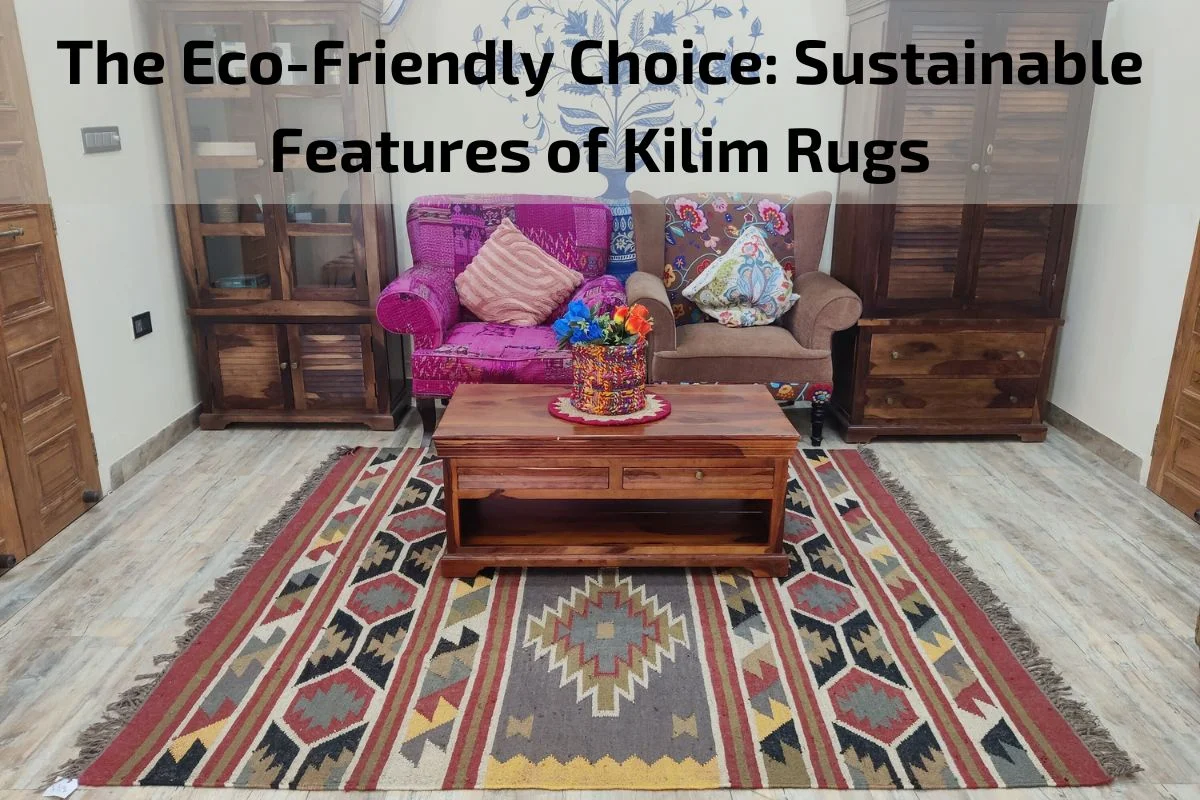
The most important frequently asked questions about Kilim Rugs
What materials are used in Kilim rugs?
Wool, cotton, and sometimes silk.
What makes Kilim rugs different from other rugs?
They are flat, reversible, and woven rather than knotted.
Are Kilim rugs durable?
Yes, high-quality wool Kilims can last decades with proper care.
Where is the best place to use a Kilim rug?
Living rooms, bedrooms, hallways, or as decorative wall pieces.

